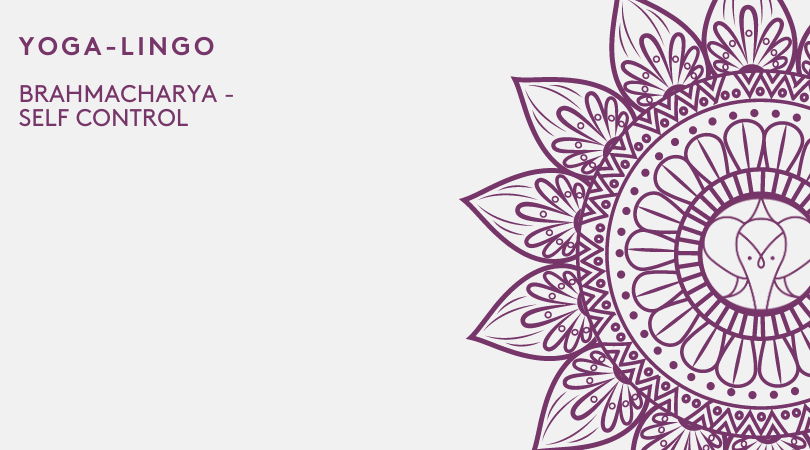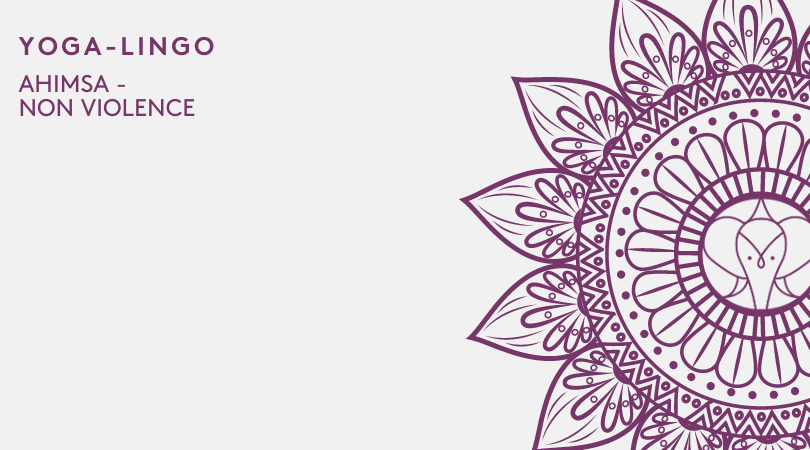Halasana - Plow Pose
The Halasana pose gets its name from the plow, a popular farming tool used in Indian and other cultures for preparing the land for planting. The shape of the yogi when in shape resembles the plow used in farming in ancient India and beyond. This pose is practiced in Hatha yoga.
The name Halasana comes from two Sanskrit words Hala meaning plow and asana meaning posture. It is pronounced as As-hah-LAHS-anna.
Halasana Step by Step
Step 1: Start by lying flat on the floor, belly up with your hands on the sides palms facing downwards.
Step 2: Inhale as you lift your legs off the ground using your abdominal muscles. Lift the legs to a 90-degree angle.
Step 3: using your hands for support, lift your hips off the floor and continue to lower your feet back as low as possible. For some, it might be hard to reach the final position of the pose at once. Lower your legs until the feet touch the ground over and beyond your head.
Step 4: Your back should now be perpendicular to the ground. You can use your hands to support your back into position while raising the legs. Release your hands from the back and now stretch them straight out on the floor behind you and clasp them together. Use them for support to ensure you are able to reach the maximum position of the pose.
Step 5: hold the pose for the set time and then release by slowly bring the feet forward as you lower your back to position.
Modifications
The pose can be performed without having to go all the way taking the toes to the ground. You can decide to up to where your back is comfortable and also your neck. You may also get support from a wall. Lie on your back close to a wall. Lift your feet off the ground and place them on the wall for support. Now move them as farther back as possible while still maintaining using your hands to prop your back.
Preparatory Poses
Salamba Sarvangasana, Setu bandha Sarvangasana
Follow Up Poses
Ardho Mukha Svanasana, Paschimottanasana
Benefits
Stretches the vertebral column
Stretches and strengthens the shoulders
Strengthens the back
Stretches the spine, hips, and legs
Strengthens the abdomen, thighs, hamstrings, and neck
Bandhas
Jalandhar Bandha
Drishti
To your navel, tip of the nose
Variations
For the advanced yogis, you can make the pose even more difficult. While at maximum position, move your feet to the left as far as you comfortably can. Ensure your back stays straight and your hips are neutral. You can also do the half plow pose. This is done next to the wall. Leave your feet touching the wall. They should be parallel to the floor.
If you are advanced, you might as well decide to do the wheel pose flow (Chakrasana flow). You will attain the maximum position of the pose, then bring your hands to the side of your head and using them for support lift your head out. Go into a press-up position lower your body than do the cobra pose.
Traditions
In the Ramayana, king Janaka uncovers a very beautiful girl as he is plowing the earth in a sacrificial ground. She adopts her and names her Sita. Sita becomes the wife of Rama. This story shows you just how powerful the plow pose can be. There is power in plowing that you can uncover from doing this pose.
Pose Type
Inverted pose, Backbend
Beginner Tips
Do not be tempted to turn the neck when you are in position. This can cause pain to the neck.
Use the tops of your shoulders to support your back to ensure that you do not overstretch the neck.
You can do the pose on flat ground or on folded mattresses or thick yoga mats for support.









